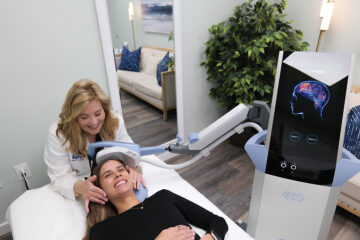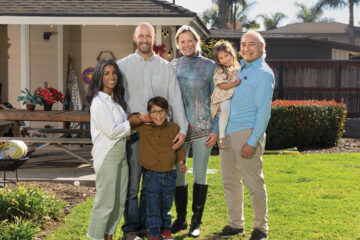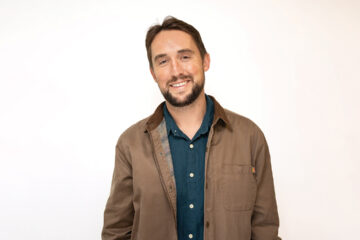Brain Power

Hometown hero Junior Seau’s tragic death has focused renewed attention on brain injuries and their possible links to depression and suicide. As this article went to press, the Seau family was considering donating the football star’s brain to science, to look for signs of traumatic injury that might have contributed to his death. While much of the attention has focused on studies at Boston University, The Brain Observatory at UC San Diego is also doing groundbreaking work.
Director Jacopo Annese, PhD and his staff are assembling a digital library, not of books, but of brains, trying to understand the biological basis for human nature, personality, and individuality. What makes a professional athlete, a painter, or a poet? Why are some people shy, and others, outgoing? How are brains different — and alike? Annese describes The Brain Observatory as a “Hubble telescope for the human brain,” exploring and cataloguing what makes each of us unique. “The basic hypothesis is that differences in the structure of the brain,” he explains, “reflect differences in the way that people are.”
In 2009, a team led by Annese dissected and digitized the brain of perhaps the most famous donor in the medical world, the late Henry G. Molaison, known as H.M., who had undergone brain surgery in the 1950s to ease epileptic seizures, but wound up with severe amnesia, unable to remember anything for more than 20 seconds. Annese’s painstaking procedure made headlines around the world.
Now his challenge is finding hundreds more donors, using cutting-edge technologies to map the brain’s wiring and generate images that can be viewed microscopically or magnified, in three dimensions and from multiple angles, by researchers around the world. The goal is to decipher how our brains are affected by aging, diseases such as Alzheimer’s and Parkinson’s, and, perhaps, in the case of football players like Seau, head trauma after years of bruising competition.
While Annese spends long hours in his lab, dissecting and studying brains, he works not just with the departed, but the living. He says it is important — and rewarding — to meet the donors before they die, if possible, not only to make images of their brains, but to learn about the behaviors and the life experiences that have shaped them.
Annese earned his Bachelor of Science Degree in Biological Studies in Rome, a Master’s Degree in Neurological Sciences in London, and his PhD at Dartmouth. His work has been featured on PBS’s NOVA and the Discovery Channel, and in National Geographic, among many others. In 2010, he received Esquire Magazine’s “Best and Brightest” Award, and was twice nominated the for the Society of Neuroscience’s Science Educator Award. Annese has contributed to exhibitions about the brain around the world, including an upcoming exhibition at the Reuben H. Fleet Science Center in Balboa Park.
Aside from his impressive resume, Annese is also an accomplished chef, often drawing parallels between running a kitchen and a lab, and donating Italian cooking lessons to raise money for various causes. He’ll present a special program about his scientific work at the Rancho Santa Fe Senior Center on July 13. (858/756-3041, www.rsfseniors.org, www.thebrainobservatory.ucsd.edu) ANDREA NAVERSEN







Comments